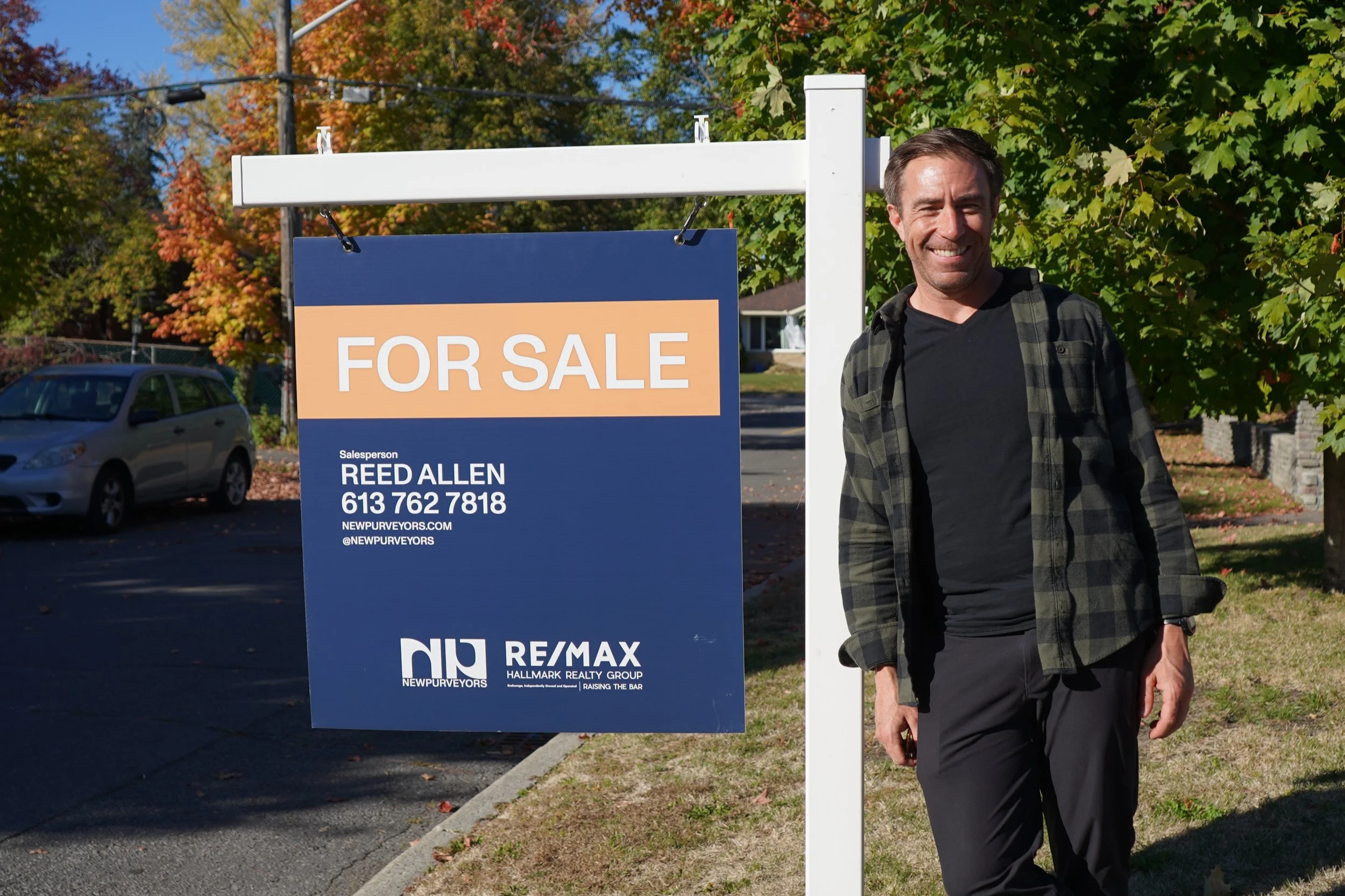The True Cost of Living in Ottawa in 2025: What You Should Know Before Choosing a Neighbourhood
When people search for homes in Ottawa, one of the first questions they ask is not actually about square footage or mortgage rates. It is this:
What does it realistically cost to live in Ottawa in 2025?
With rising prices across Canada, many buyers, renters, and newcomers want a clear, honest breakdown of how day-to-day expenses vary across Ottawa neighbourhoods. Since choosing the right home often depends on the full cost of living, not just the purchase price, this guide breaks down what to expect and how to budget based on where you want to live.
This is the information people wish they had before moving to the city.
How Much Does It Cost to Live in Ottawa in 2025
Ottawa is widely considered one of the more affordable large cities in Canada, but costs vary significantly depending on lifestyle and neighbourhood. Below are the main factors buyers and renters should consider when planning a move.
1. Transportation Costs
Your neighbourhood choice has a direct impact on transportation spending.
Living centrally
Centretown, Westboro, Little Italy, Hintonburg, and the ByWard Market are highly walkable. Many residents in these areas use public transit or commute on foot, which reduces monthly car expenses.
Living suburban
Barrhaven, Kanata, Riverside South, and Orleans typically require car ownership. Fuel, insurance, and maintenance become part of the monthly budget.
Tip: When comparing two neighbourhoods, factor in parking costs, transit access, and commute times. A lower purchase price can still lead to higher monthly costs depending on transportation patterns.
2. Groceries and Daily Essentials
Grocery prices in Ottawa are relatively consistent citywide, but proximity to certain stores can make a difference.
Neighbourhoods with multiple options, such as Westboro, Centretown, and Trainyards, allow residents to compare prices and shop strategically. Suburban areas often rely on one or two main stores, which can make costs slightly less flexible.
What buyers often overlook:
The convenience of nearby grocery stores and pharmacies influences both lifestyle and budgeting.
3. Condo Fees vs. House Maintenance
This is one of the biggest decision factors for buyers in 2025.
Condos
Condo fees cover building maintenance, insurance, amenities, and reserve funds, offering predictable costs. The tradeoff is the monthly fee, which varies by building and amenities.
Freehold homes
No condo fee, but homeowners take on their own maintenance, repairs, and future updates. Yearly costs can be equal to or greater than condo fees depending on the property.
Best way to compare:
Add monthly condo fees to projected mortgage payments. Then compare that total to the estimated yearly cost of owning a freehold home. The more accurate picture usually becomes clear quickly.
4. Heating and Utility Costs
Utility structures change depending on building type and neighbourhood.
Many condos include heat or water in the monthly fee.
Older freeholds may require upgrades to improve energy efficiency.
Row units and townhomes often have lower energy bills.
Buyers should always request utility cost history when possible.
5. Lifestyle Spending
The “felt cost” of a neighbourhood comes from lifestyle choices.
Downtown
Higher density of restaurants, cafés, gyms, and entertainment. Costs can be higher simply due to spending more time out.
Suburbs
Less daily entertainment spending but more cost allocated to transportation and home maintenance.
Mixed neighbourhoods (Little Italy, Hintonburg, Westboro)
Offer a balance of convenience, transit access, and walkability.
6. Housing Prices Across Neighbourhoods
While every neighbourhood moves differently, here is what buyers should understand:
Suburban communities offer more space for the price.
Urban neighbourhoods cost more per square foot but reduce transportation costs and increase convenience.
Condo pricing varies widely based on building age, fees, and amenities.
Choosing a neighbourhood often comes down to lifestyle preference over budget alone.
Why Understanding Cost of Living Helps You Choose the Right Home
When clients think seriously about the broader cost of living, their home search becomes more focused and realistic. Many buyers realize:
A condo with a higher fee may be more affordable than a house once maintenance and utilities are considered.
Living centrally could offset transportation costs enough to justify a slightly higher mortgage payment.
Neighbourhood selection impacts daily convenience more than floor plan size.
This is why cost of living conversations are part of every buyer consultation with New Purveyors.
Final Thoughts
The cost of living in Ottawa in 2025 depends heavily on your neighbourhood, housing type, transportation habits, and lifestyle. A home is more than a property. It is a financial ecosystem that needs to make sense both now and long term.
If you want help comparing neighbourhoods or understanding which areas match your lifestyle and budget, our team is always happy to guide you through the process.
Reach out any time.





























